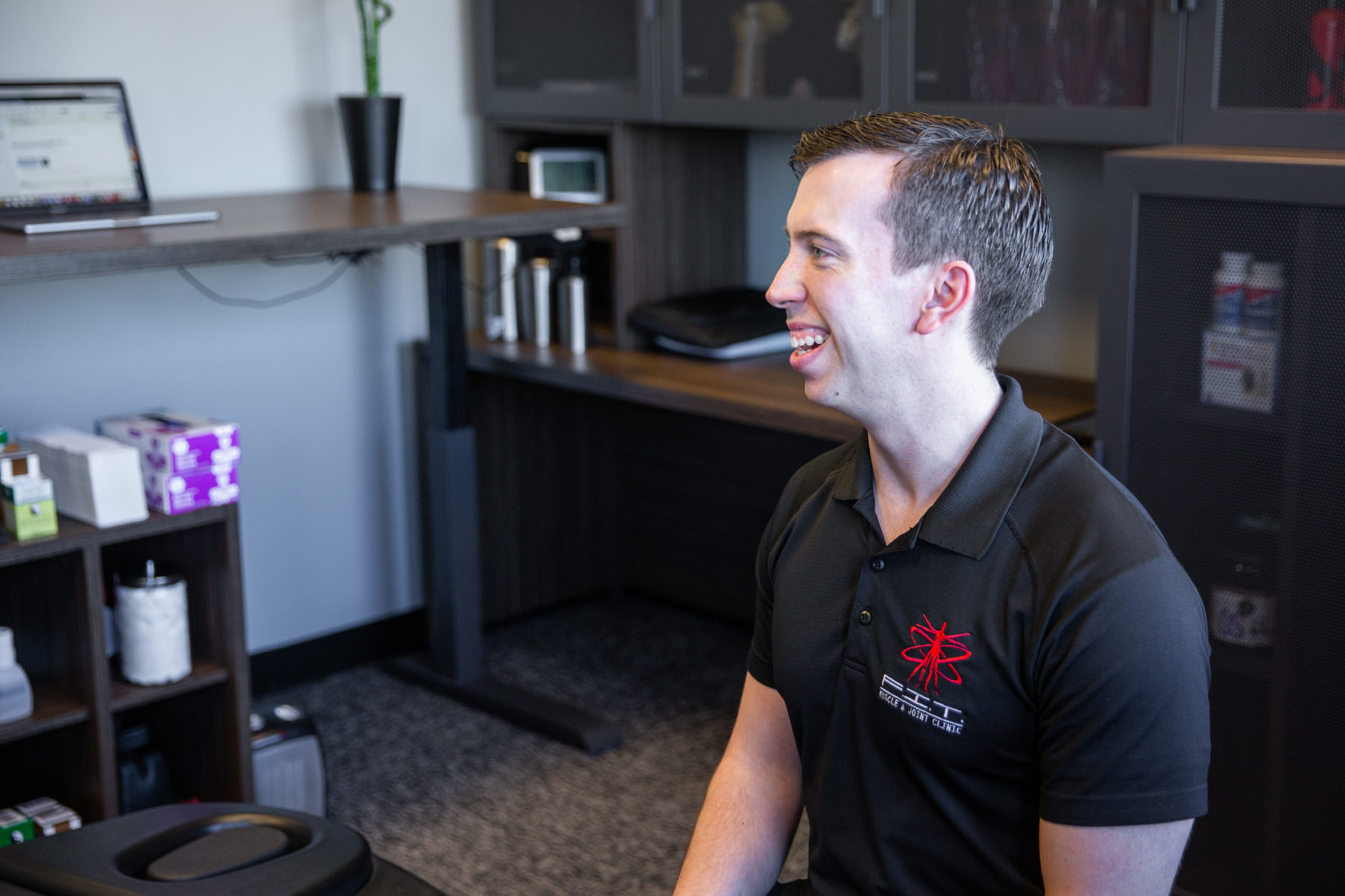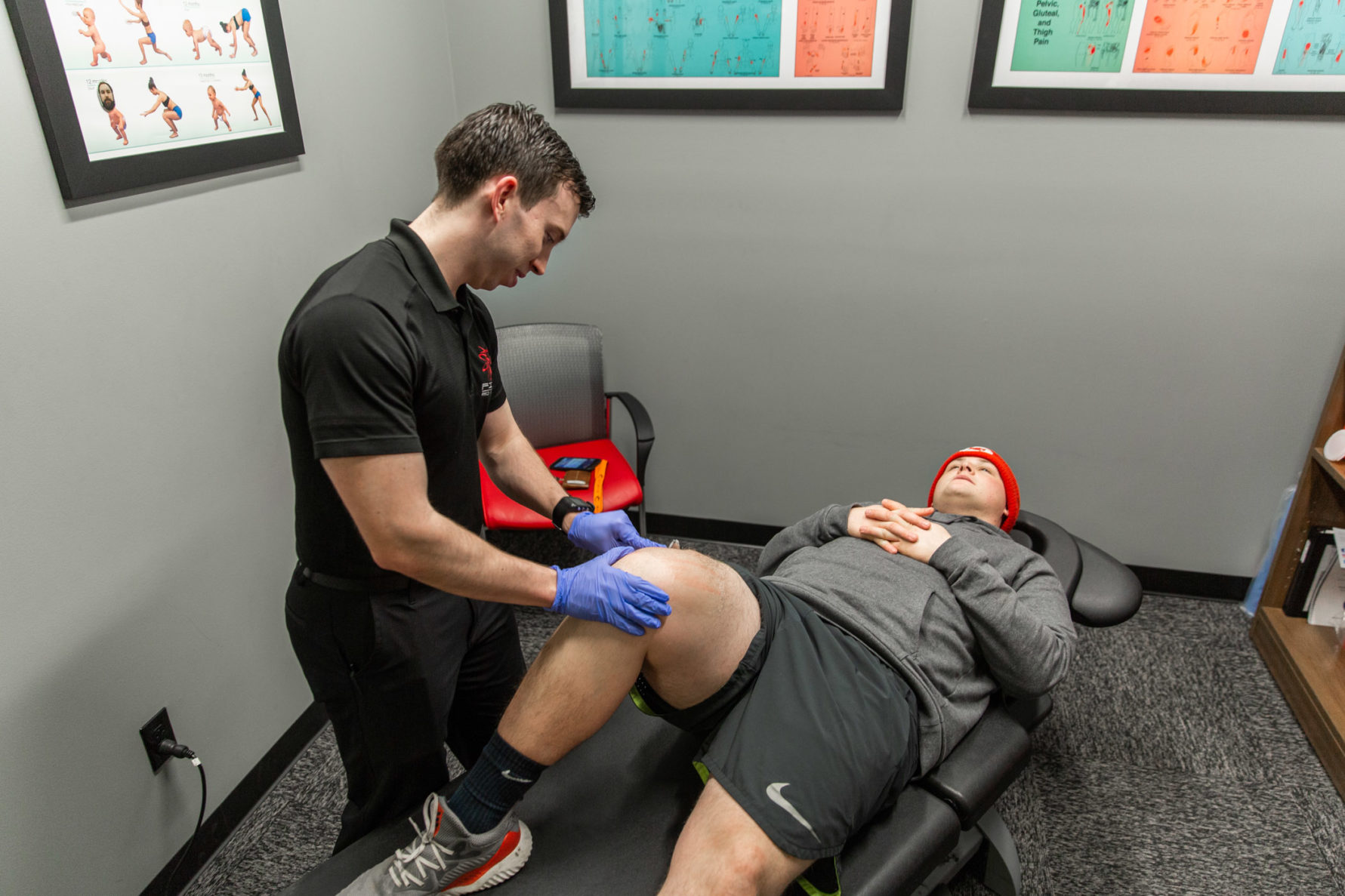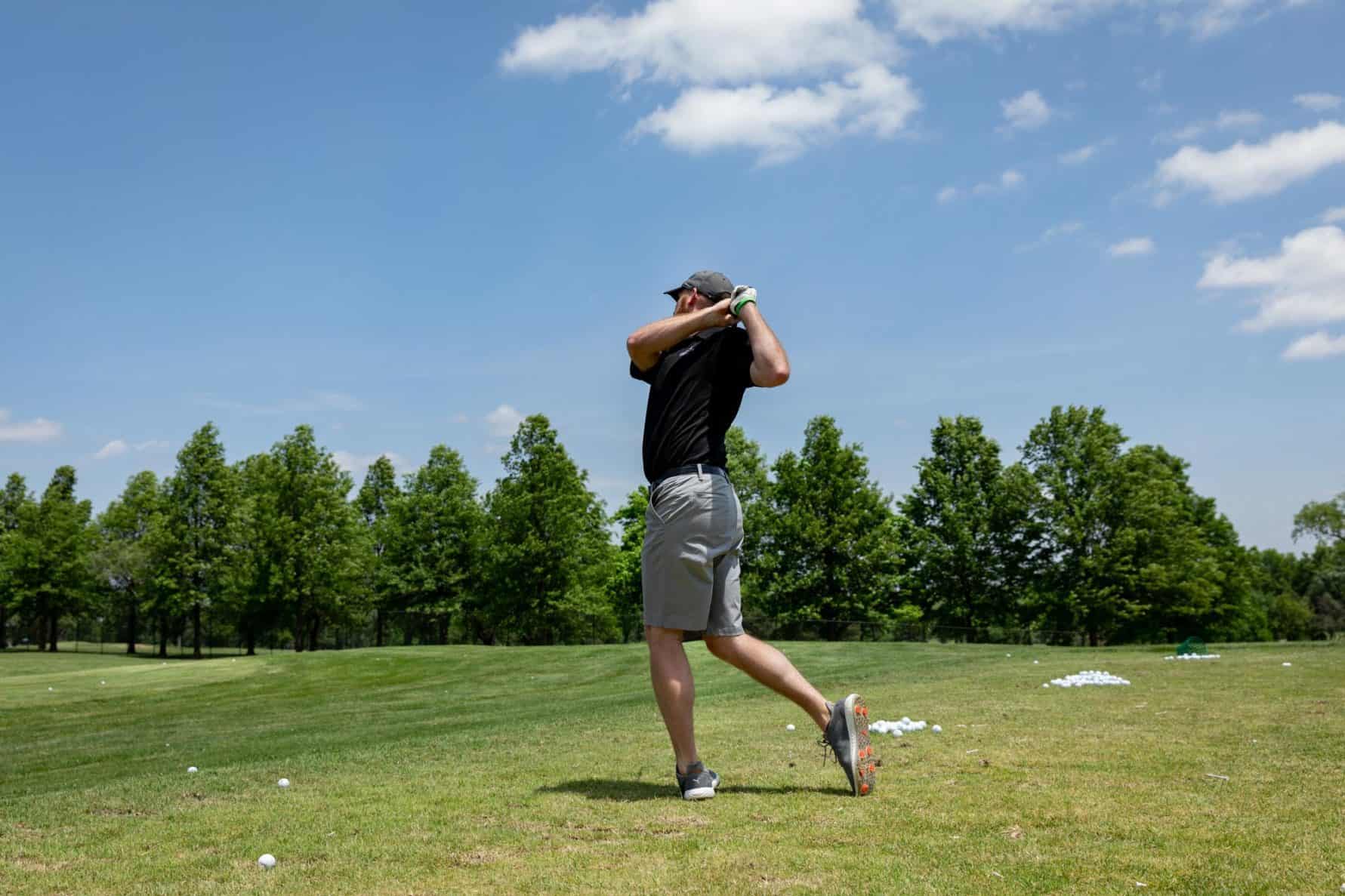
If you have been following our blog, you have seen us mention McKenzie therapy repeatedly. So, what is it, and how do we use it in our clinic?
This description comes directly from the McKenzie Institute website:
“The McKenzie Method…is a reliable assessment process intended for all musculoskeletal problems, including pain in the back, neck and extremities…this well-researched, exercise based approach of assessment, diagnosis and treatment uses a comprehensive and clinically reasoned evaluation of patients without the use of expensive diagnostic imaging…”
As this definition states, we can use McKenzie to assess muscle and joint pain anywhere in the body. It is a movement-based screening process that provides us with treatment methods that solely rely on your body’s ability to repair itself. Even better, it provides education and activities that you, the patient, can continue using for the rest of your life to help identify and control muscle and joint pain!
Let’s take a closer look at how we use McKenzie Method to address low back pain.
The Assesment

If at any point in time during the examination it seems that the pain is more of a biochemical/inflammatory condition (meaning that it does not respond to movement), or if there are red flags for serious pathology, then we discuss this with the patient and make the appropriate referrals.First, we must determine if the pain that you are experiencing is “mechanical” in origin. Meaning that if the pain was caused by some sort of stress on the tissues responsible for movement, then we should be able to use movement-based treatments to help your body remedy the issue. The majority of our cases fall into this category. If we determine that the pain is indeed mechanical, our next step is to perform a “movement screen” to find your body’s “directional preference.” A simplified example of this would be if a patient injured her low back bending over to pick up something. The pain is aggravated when she tries to bend over forward again, but if she bends the opposite direction several times she feels the pain begin to diminish. Her pain would be classified as mechanical in nature and we would proceed with treatment.
The Treatment
The next move after assessment is to give the patient a starting point of low-force movements. She would need to repeat these low back movements consistently outside of our clinic to give her body the chance it needs to heal and reduce pain over time. If everything progresses as expected, we would advance the exercises until her symptoms are completely eliminated, or until she gets as much benefit as possible.
Once again, this is a simple example, but it highlights the core of how we begin to use McKenzie for low back pain. There is always one key element: repetition! The doctors at F.I.T. Muscle & Joint Clinic can get you out of pain and give you recommendations for home exercises. But ultimately it takes a combined effort between doctor and patient to keep the symptoms from returning.
The FIT Approach

McKenzie is an excellent tool with a high success rate, but it does not work for absolutely everybody. That is why the F.I.T. team is trained in multiple treatment techniques, including: ART, Graston, Dry Needling, DNS, corrective/therapeutic exercises and joint adjustments/mobilizations. With this wide variety of tools, we can choose what works best for you.
F.I.T. Muscle & Joint Clinic currently serves the Kansas City Metro area, including Overland Park, Shawnee, Olathe, Gardner, Leawood, Prairie Village, Belton, Lees Summit, Blue Springs, and Lawrence. Please contact F.I.T. today for more information! New Patients are always welcome.



